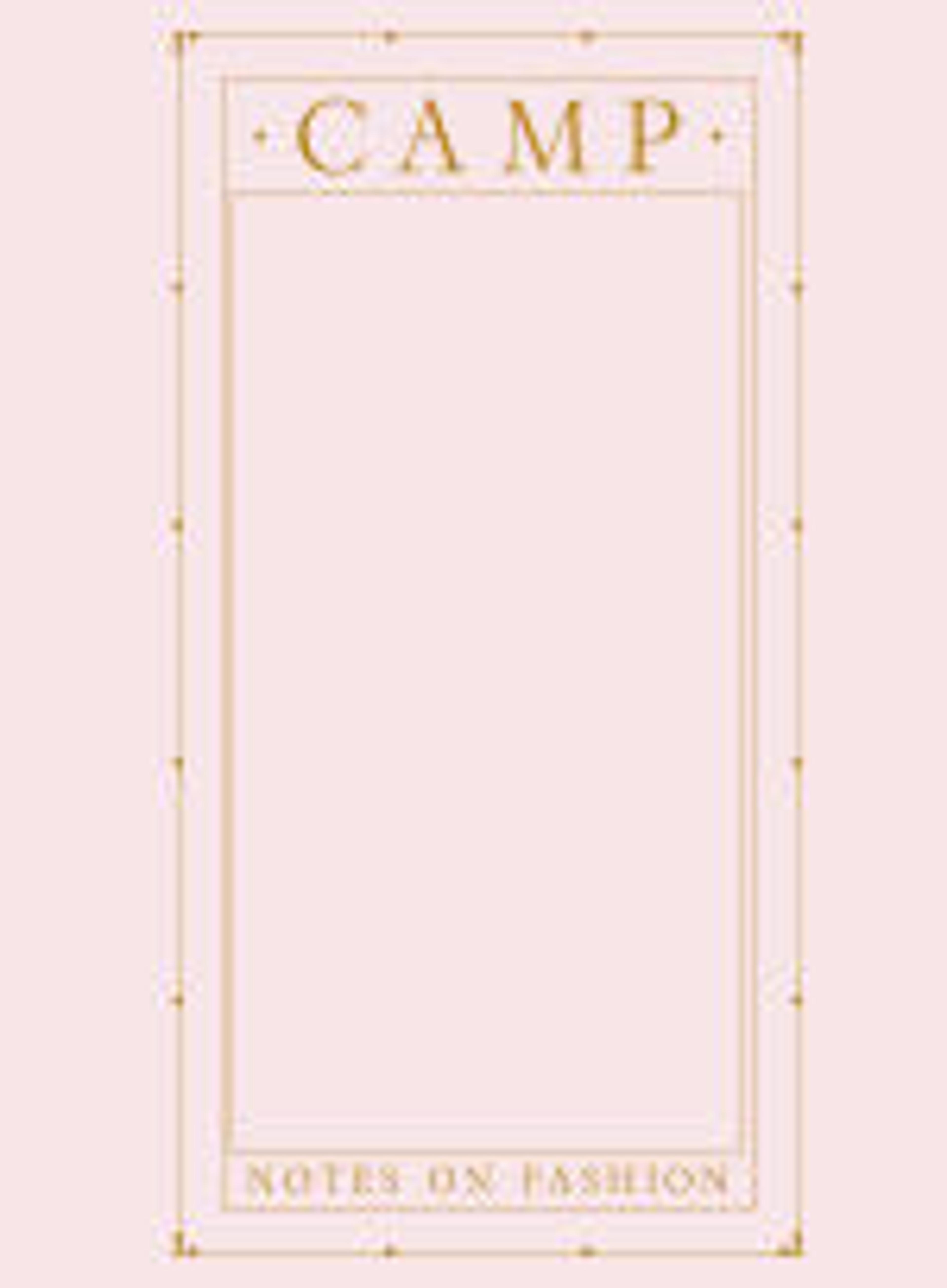Evening dress
Gabrielle Chanel is the designer most responsible for establishing the modern way of dressing that encompasses comfort, function and simplicity. Following the first World War, the artistic and social mood was ripe for the pared-down, angular, sportif look that she represented, and her "casual chic" sensibility dominated fashion throughout the 1920s. While Chanel introduced the concept of the "little black dress" into fashion vocabulary, this example shows just how refined and varied the examples she designed could be. Here, strands of beads join to form an interlace pattern that defines the bust, the dropped waist and the dropped hipline. What appears to be simply a tubular beaded dress reveals itself as more complex and intriguing in the way the surface treatment references and delineates the body of the woman who wore it.
Artwork Details
- Title: Evening dress
- Design House: House of Chanel (French, founded 1910)
- Designer: Gabrielle Chanel (French, Saumur 1883–1971 Paris)
- Date: 1924–26
- Culture: French
- Medium: [no medium available]
- Credit Line: Brooklyn Museum Costume Collection at The Metropolitan Museum of Art, Gift of the Brooklyn Museum, 2009; Gift of Mrs. Edward G. Sparrow, 1969
- Object Number: 2009.300.1345
- Curatorial Department: The Costume Institute
More Artwork
Research Resources
The Met provides unparalleled resources for research and welcomes an international community of students and scholars. The Met's Open Access API is where creators and researchers can connect to the The Met collection. Open Access data and public domain images are available for unrestricted commercial and noncommercial use without permission or fee.
To request images under copyright and other restrictions, please use this Image Request form.
Feedback
We continue to research and examine historical and cultural context for objects in The Met collection. If you have comments or questions about this object record, please contact us using the form below. The Museum looks forward to receiving your comments.
